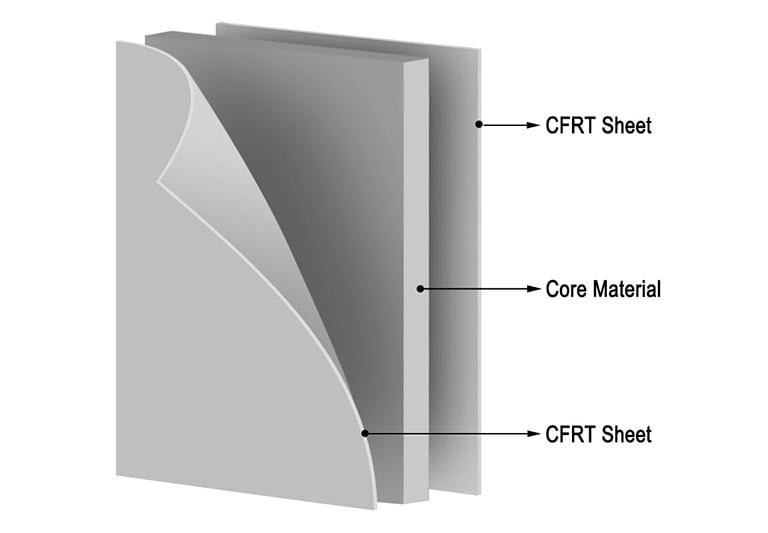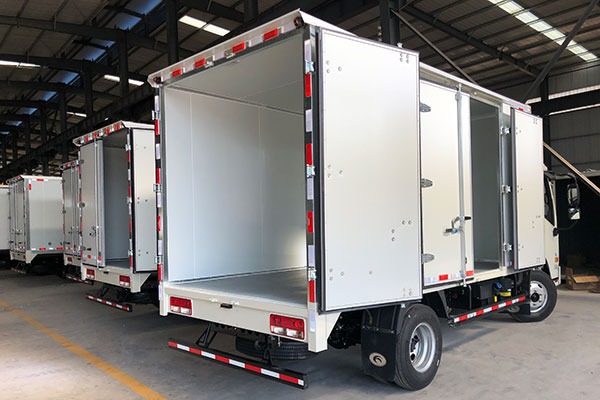Sustainable Innovations: Recycled PET Foam Glass Fiber Reinforced Polyester Composites Revolutionizing Industries
CAR & PARTS
6/8/20232 min read


In recent years, the pursuit of sustainability has become a paramount concern across various industries. One of the most promising innovations in this regard is the development of recycled PET (polyethylene terephthalate) foam glass fiber reinforced polyester composites. This groundbreaking material combines the strength of glass fibers with the versatility of recycled PET foam, all held together by a polyester resin matrix. In this blog, we'll explore the myriad applications and transformative potential of this eco-friendly composite across industries such as marine, automotive, sports equipment, aerospace, and construction.
The Composition and Properties of Recycled PET Foam Glass Fiber Reinforced Polyester Composites:
Recycled PET foam provides a lightweight yet durable core material, derived from recycled plastic bottles, thus reducing waste and promoting circularity.
Glass fiber reinforcement enhances strength, stiffness, and impact resistance, making it suitable for demanding applications.
Polyester resin acts as a binder, providing cohesion and facilitating molding processes.
Applications in the Marine Industry:
Recycled PET foam glass fiber reinforced polyester composites offer a sustainable alternative for boat construction.
Used in hulls, decks, and structural components, these composites provide excellent strength-to-weight ratio, corrosion resistance, and buoyancy.
Their low water absorption properties ensure long-term durability, contributing to the longevity of marine vessels.
Advancements in the Automotive Sector:
Automotive manufacturers are increasingly adopting recycled PET foam glass fiber reinforced polyester composites for various applications.
From car body panels to interior trim, these composites offer weight reduction, improved fuel efficiency, and enhanced crash performance.
Sustainable solutions like these align with the automotive industry's goals of reducing carbon footprint and promoting environmental stewardship.
Transforming Sports Equipment:
Recycled PET foam glass fiber reinforced polyester composites are revolutionizing the sports equipment industry.
Snowboards, surfboards, skateboards, helmets, and bicycle frames made from these composites benefit from their lightweight, high strength, and flexibility.
Athletes appreciate the performance and durability of these eco-friendly materials while minimizing their environmental impact.
Aerospace Applications:
In aerospace, lightweight materials are critical for fuel efficiency and performance.
Recycled PET foam glass fiber reinforced polyester composites find applications in aircraft interiors, cabin components, and structural elements.
Their high strength-to-weight ratio and fire-retardant properties make them an attractive choice for aerospace engineers.
Sustainable Construction Solutions:
The construction industry is embracing recycled PET foam glass fiber reinforced polyester composites for various applications.
From roofing tiles to insulation boards and wall panels, these composites offer thermal insulation, weather resistance, and structural integrity.
Building with these sustainable materials contributes to energy efficiency and reduces the carbon footprint of construction projects.
Beyond Traditional Applications:
The versatility of recycled PET foam glass fiber reinforced polyester composites extends beyond conventional industries.
Livestock floats, trailers, and vans benefit from their lightweight construction, durability, and resistance to environmental elements.
Transport vehicles, including trailers and vans, utilize these composites for body panels, interiors, and structural components, enhancing performance and longevity.
Conclusion: Recycled PET foam glass fiber reinforced polyester composites represent a paradigm shift in materials engineering, offering sustainable solutions across diverse industries. From marine vessels to automotive vehicles, sports equipment, aerospace applications, construction projects, and beyond, these eco-friendly materials are driving innovation while promoting environmental sustainability. As industries continue to prioritize sustainability, the widespread adoption of these composites is poised to reshape the manufacturing landscape for years to come.


